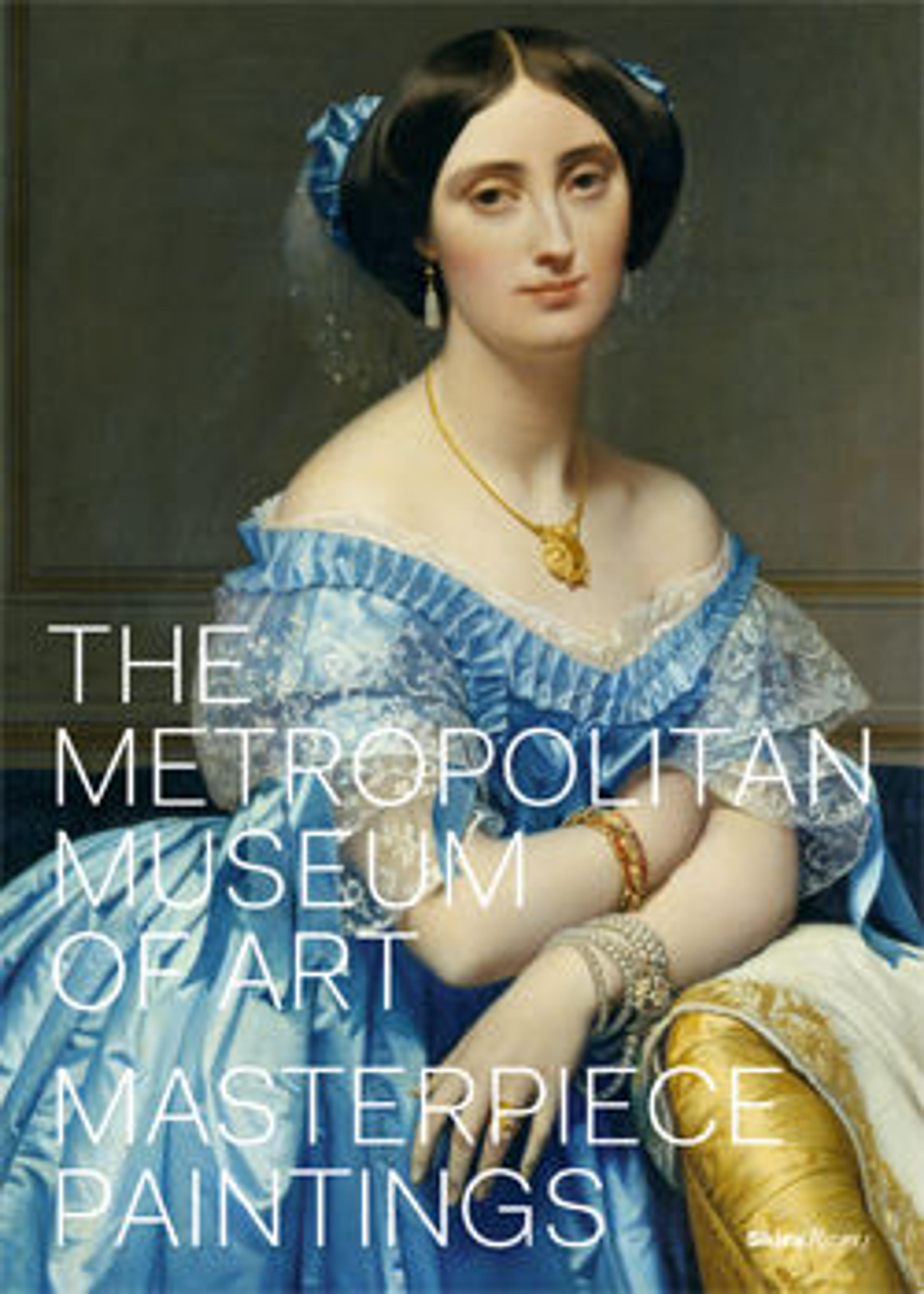Elegy to the Spanish Republic No. 35
Motherwell began the series Elegies for the Spanish Republic in 1948 and continued it for some twenty-five years, producing a group of over 150 paintings. Originally inspired by the poetry of Federico García Lorca and the tragedies of the Spanish Civil War (1936–39), the Elegies all share a similar compositional structure made up of brushily painted black ovals on a field of white held in place by loose ribbons of black. It has been suggested that these shapes refer to the quintessentially Spanish figure of the bull and may relate to Picasso's black-and-white painting Guernica (1937), on view at the Museum of Modern Art from 1939. Motherwell felt these works could express in visual terms "a funeral song for something one cared about"—an abstract meditation on life and death in the colors of radiance and mourning.
Artwork Details
- Title: Elegy to the Spanish Republic No. 35
- Artist: Robert Motherwell (American, Aberdeen, Washington 1915–1991 Provincetown, Massachusetts)
- Date: 1954–58
- Medium: Oil and Magna on canvas
- Dimensions: 80 1/4 in. × 8 ft. 4 1/4 in. (203.8 × 254.6 cm)
- Classification: Paintings
- Credit Line: The Muriel Kallis Steinberg Newman Collection, Gift of Muriel Kallis Newman, in memory of Albert Hardy Newman, 2006
- Object Number: 2006.32.46
- Curatorial Department: Modern and Contemporary Art
More Artwork
Research Resources
The Met provides unparalleled resources for research and welcomes an international community of students and scholars. The Met's Open Access API is where creators and researchers can connect to the The Met collection. Open Access data and public domain images are available for unrestricted commercial and noncommercial use without permission or fee.
To request images under copyright and other restrictions, please use this Image Request form.
Feedback
We continue to research and examine historical and cultural context for objects in The Met collection. If you have comments or questions about this object record, please contact us using the form below. The Museum looks forward to receiving your comments.
